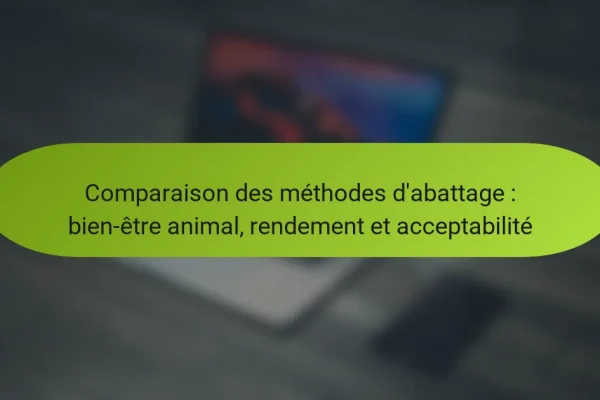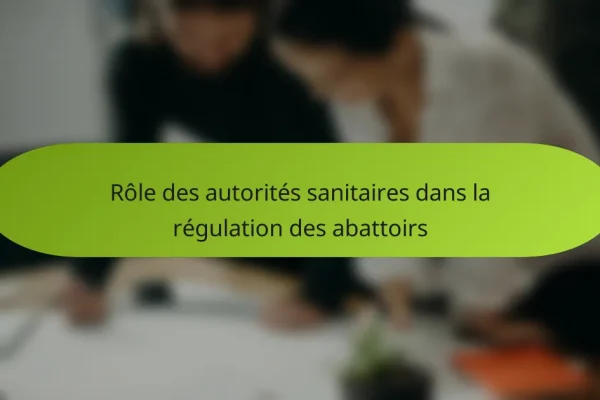
Impact environnemental des abattoirs français : pratiques durables et innovations
The environmental impact of French slaughterhouses is significant, contributing to greenhouse gas emissions, particularly methane and carbon dioxide, and accounting for approximately 14.5% of global emissions from livestock. These facilities consume substantial water for cleaning and animal processing while generating organic waste that can contaminate soil and water if not managed properly. Sustainable practices, such…






